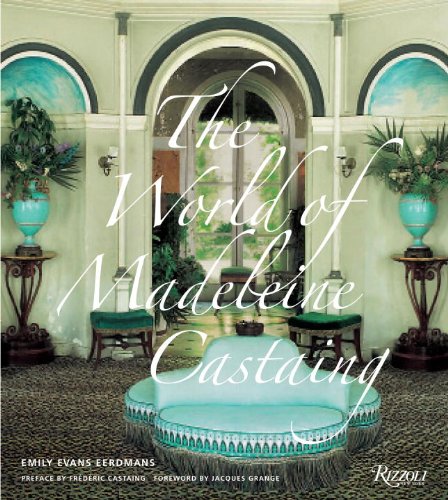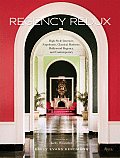When contacted by the inestimable Emily Evans Eerdmans with the request to write a guest piece about an interior that has inspired or influenced me the most, it was both a great honor and a predicament. Which to choose?
After a great deal of deliberation, I narrowed the list down to two that have most inspired and influenced the restoration and decoration I and my spouse have undertaken at Darlington House, our Federal-era country place in the Hudson River Valley.
The Grange and Hamilton House:
Jewels of the Early-Period Colonial Revival

Hamilton House today
The rooms I have selected are found in “The Grange” in Such interiors often would include a mix of furnishings from differing eras and countries of origin, not just from
It is important to distinguish this early period of the Colonial Revival from the later-period Colonial Revival, which evolved to become more strictly-focused on creating period-consistent interiors heavily influenced by the restorations at Colonial Williamsburg. All ball and claw.
The Grange
Lincoln, Massachusetts
Lincoln, Massachusetts

The Grange in the 1890s
Ogden Codman, co-author with Edith Wharton of The Decoration of Houses, is one of the greatest architects of the early-period Colonial Revival, along with McKim, Mead, and White. Codman’s work is thoroughly discussed in Pauline Metcalf’s able monograph Ogden Codman and the Decoration of Houses, a book that should be in every student of interior design’s reference library and takes pride of place in mine. 
Grange sitting room today
The Grange was built by the architect’s ancestors in 1740 as a country seat outside ofThe most iconic of these rooms, a sitting room, features its original paneling installed in 1740, painted white, and mostly (although not-exclusively) furnished with Louis XVI furniture and Chinese porcelain lamps. The same toile de Jouy is used throughout the room to upholster or slipcover the seating, and also as curtains.

Grange Sitting Room 1980s
Over 100 years later this room still appears fresh, light, and comfortable to me, and an ideal place to wile away a summer’s evening. It has had a profound influence on the decoration of our drawing room at Darlington House, where we have sought to capture a similar atmosphere with a mix of American Federal, Louis XVI, and English Regency furniture, along with Chinese and English porcelains.Hamilton House
South Berwick, Maine
Built circa 1785, Hamilton House was acquired by the comfortably-circumstanced Emily Tyson and her stepdaughter, Elise, in the 1890s as a summer retreat. They bought the house at the urging of their friend Sarah Orne Jewett, the author of The Country of Pointed Firs, who lived nearby. The Tysons embarked on a major restoration and renovation of the house and in so doing created one of the gems of the early-period Colonial Revival. The house sits in an idyllic setting, overlooking the Salmon Falls River, and it is noteworthy for the beauty of its situation, gardens, house, and interiors. The decoration of the rooms of Hamilton House, in particular its dining room, have influenced our work at Darlington. The dining room is noteworthy for its asperity.Hamilton House dining room
It is simply furnished with painted fancy chairs, plain mahogany furniture, and gilt mirrors. The floors are covered with rush matting. One of the most delightful aspects of the room is its walls, painted with classical Italian views in 1905 after the Tysons returned from a tour of
 These are rooms that I come back to again and again, both for their simplicity and their integrity, and I believe that there remains much to be learned from them today -- whether one is seeking to create interiors informed by the past or more modern ones rooted in contemporary living.
These are rooms that I come back to again and again, both for their simplicity and their integrity, and I believe that there remains much to be learned from them today -- whether one is seeking to create interiors informed by the past or more modern ones rooted in contemporary living.For more information on the Grange and Hamilton House: http://www.historicnewengland.org/ Reggie Darling’s updates on the progress at Darlington House can be found on his quite charming blog: http://www.reggiedarling.blogspot.com/
















.jpg)




































